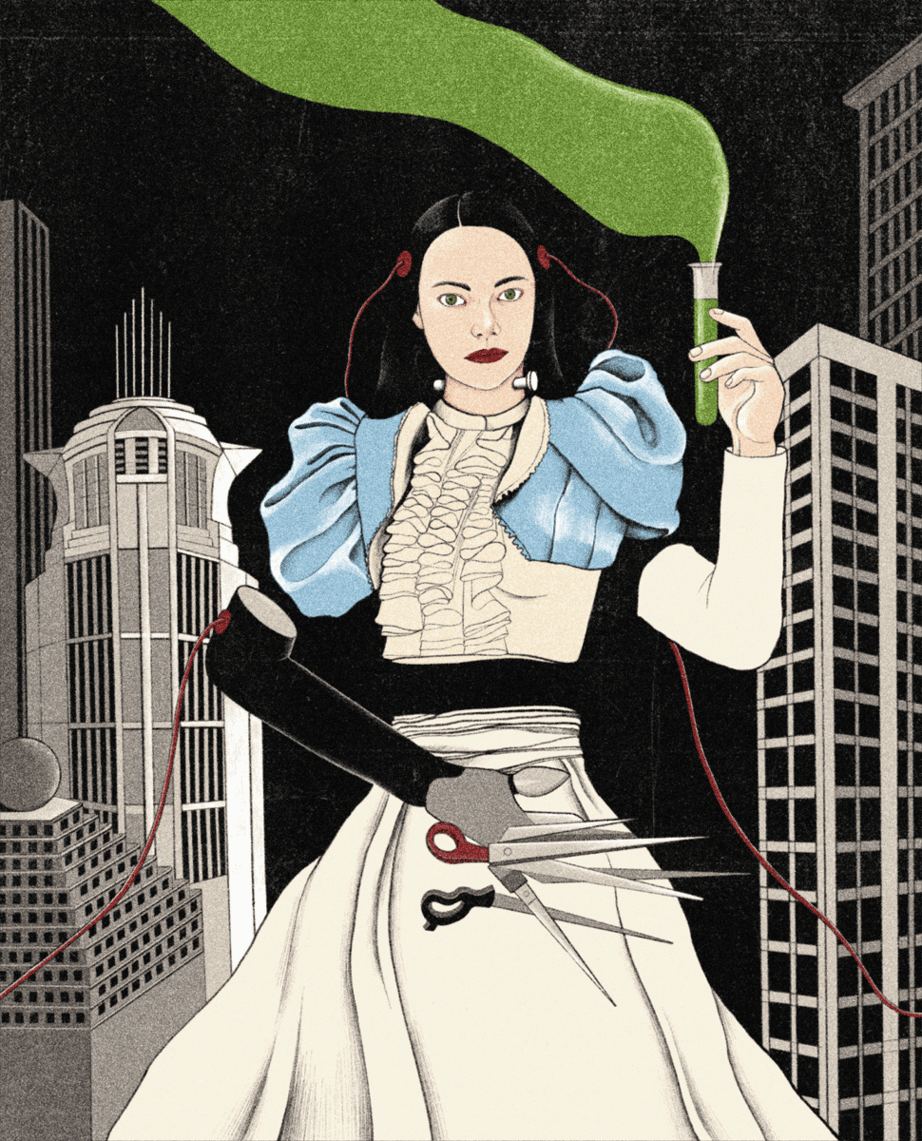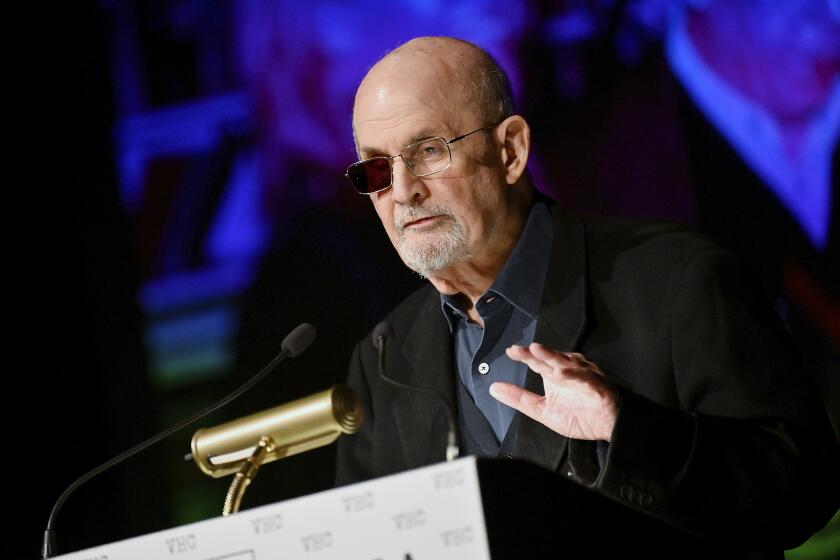Imagining Borges’ ‘Library of Babel’
Jorge Luis Borges’ “The Library of Babel” is one of my favorite stories. Published in 1941, it describes a library that houses every book that has ever been written and every book that has never been written: an edifice of possibilities, “composed of an indefinite and perhaps infinite number of hexagonal galleries.”
How can this not inspire us … and also terrify us, which was part of Borges’ point? In such a library, after all, the majority of books would be meaningless, nonsense conglomerations of “all the possible combinations” of letters and syllables, “tale[s] / Told by an idiot, full of sound and fury, / Signifying nothing,” as Shakespeare once suggested of life itself.
What’s implied is the futility of the gesture in the face of both saturation and the void. I’m reminded of Burgess Meredith, in an old episode of “The Twilight Zone,” whose delight at being the last survivor of a nuclear attack turns to desolation when his glasses break and he can no longer read.
The closing image of the episode — Meredith on the steps of the city library, surrounded by stacks of books and weeping — is a potent metaphor for the incipient despair of every serious reader, who sooner or later must come to terms with the fact that there will never be time enough at last.
As for Borges, his story is interpreted visually at Places Journal, the online magazine of Design Observer. It’s part of a series on fairy tale architecture curated by the author and editor Kate Bernheimer and her brother Andrew, an architect. For this installment, the architectural firm of Rice + Lipka has rendered half a dozen drawings, portraying the Library as both concrete and abstract. We see the endless hexagons, the walls of books like an elaborate maze from which no one can escape.
In a brief Q&A, the architects articulate what they had in mind. They note the story’s anticipation of contemporary culture, with its “overwhelming access to information” — but even more, they highlight its curious balance between the conceptual and the actual. “As the extent of the conceit unfolds,” they observe, “the library’s impenetrability becomes clear, and the illusion that all knowledge is somehow close at hand slips away.”
This, of course, is the whole idea of Borges’ story, which in articulating such a contradiction, tells us something fundamental about how we live. As Bernheimer writes: “To say the world is an infinite library and we are mad pilgrims destined for beauty and failure is not to say an occult thing, but a real thing. Fairy tales are real; the Library of Babel is real. It’s a real story, that is.”
ALSO:
Ansel Adams and the art of framing
James Wood on life and death as narrative
More to Read
Sign up for our Book Club newsletter
Get the latest news, events and more from the Los Angeles Times Book Club, and help us get L.A. reading and talking.
You may occasionally receive promotional content from the Los Angeles Times.







